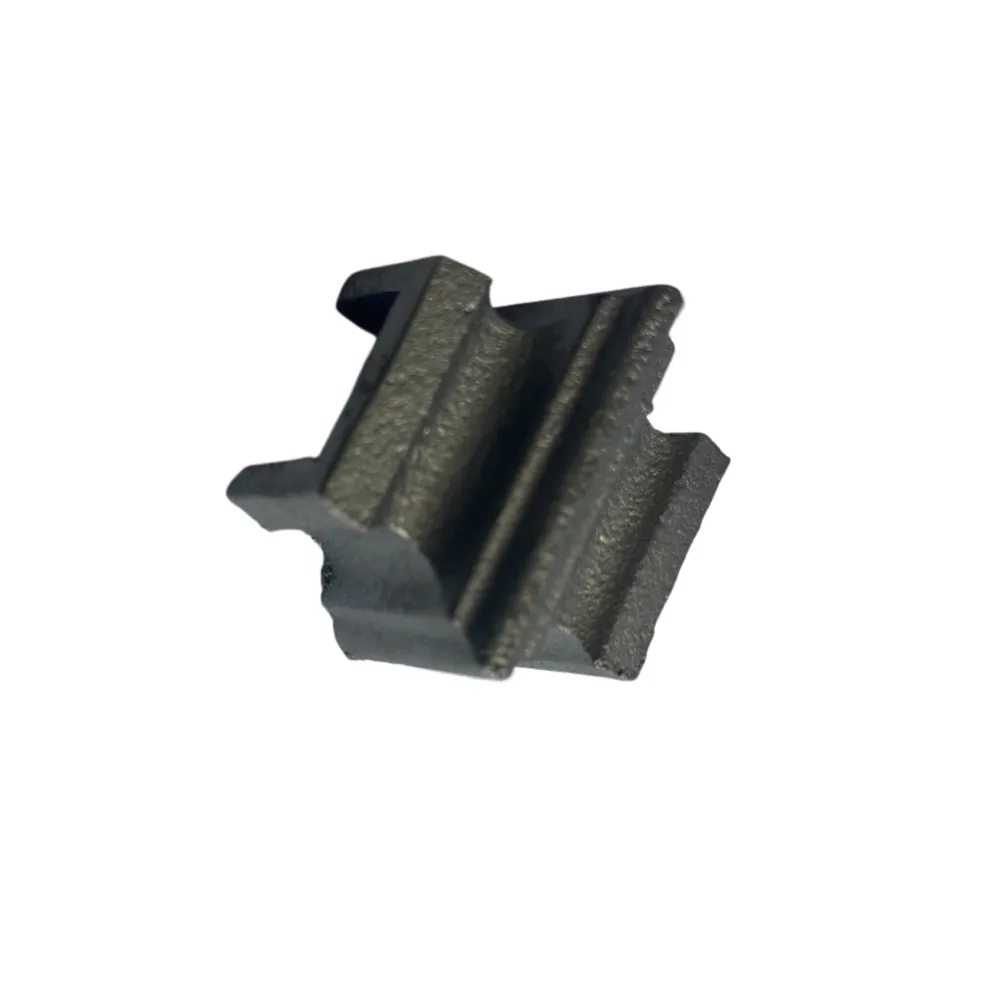cast iron rosette
The Timeless Elegance of Cast Iron Rosettes
When we think of architectural embellishments, cast iron rosettes often come to mind as the epitome of elegance and durability. These intricately designed circular motifs have been a significant element in architecture and design since the 19th century, reflecting a blend of artistry and engineering prowess that has survived the test of time.
Cast iron, a material known for its strength and versatility, became increasingly popular during the Industrial Revolution. It allowed artisans to create elaborate designs that were both aesthetic and functional. Rosettes, with their swirling patterns and delicate filigree, served as decorative accents that could adorn everything from buildings and fences to furniture. These pieces not only added character to structures but also reflected the social and cultural values of their time.
The design of cast iron rosettes is often inspired by natural forms. Floral patterns, vines, and other organic shapes are commonly seen in these motifs, evoking a sense of connection to nature. This incorporation of natural elements into architectural design showcases the craftsmanship of artisans who meticulously designed each piece. The creations were not just functional supports but were, in essence, works of art that contributed to the overall beauty of a structure.
Beyond their aesthetic appeal, cast iron rosettes served practical purposes as well. They often functioned as reinforcements for structural elements, providing additional support for balconies, railings, and ceilings. In this way, they exemplified the dual nature of good design beauty and function coexisting in perfect harmony. As cities grew and architectural styles evolved, the use of cast iron rosettes evolved as well, adapting to various styles such as Gothic Revival, Italianate, and Victorian.
cast iron rosette

One of the defining characteristics of cast iron rosettes is their durability. Unlike many other materials, cast iron is resistant to weather, corrosion, and decay, making it an ideal choice for outdoor applications. Buildings adorned with these rosettes have stood for decades, even centuries, bearing witness to the passage of time while maintaining their original charm. This longevity attests to the skill of the artisans who crafted them, as well as the enduring appeal of their designs.
In recent years, there has been a resurgence of interest in cast iron rosettes, particularly in restoration projects aimed at preserving historical architecture. Architects and designers are increasingly recognizing the value of these elements in maintaining the character of older buildings. Moreover, contemporary designers are reinterpreting traditional designs, incorporating cast iron rosettes into modern architecture and interior design. This fusion of old and new not only honors the past but also provides a unique aesthetic that continues to captivate.
Cast iron rosettes are not solely limited to grand architectural settings. They have found their way into homes as decorative pieces, serving as wall hangings, furniture embellishments, or even garden ornaments. This versatility allows homeowners and designers to incorporate the timeless elegance of cast iron into various spaces, adding a touch of sophistication and history to their environments.
In conclusion, cast iron rosettes represent a fascinating intersection of art, history, and function. Their intricate designs and durable nature make them a cherished element in architectural history. As we continue to celebrate and integrate these beautiful pieces into our surroundings, we not only honor the craftsmanship of the past but also contribute to the continuity of culture and design that inspires future generations. Whether in urban landscapes or personal spaces, cast iron rosettes serve as enduring symbols of elegance and artistry.
-
Wrought Iron Components: Timeless Elegance and Structural StrengthNewsJul.28,2025
-
Window Hardware Essentials: Rollers, Handles, and Locking SolutionsNewsJul.28,2025
-
Small Agricultural Processing Machines: Corn Threshers, Cassava Chippers, Grain Peelers & Chaff CuttersNewsJul.28,2025
-
Sliding Rollers: Smooth, Silent, and Built to LastNewsJul.28,2025
-
Cast Iron Stoves: Timeless Heating with Modern EfficiencyNewsJul.28,2025
-
Cast Iron Pipe and Fitting: Durable, Fire-Resistant Solutions for Plumbing and DrainageNewsJul.28,2025
-
 Wrought Iron Components: Timeless Elegance and Structural StrengthJul-28-2025Wrought Iron Components: Timeless Elegance and Structural Strength
Wrought Iron Components: Timeless Elegance and Structural StrengthJul-28-2025Wrought Iron Components: Timeless Elegance and Structural Strength -
 Window Hardware Essentials: Rollers, Handles, and Locking SolutionsJul-28-2025Window Hardware Essentials: Rollers, Handles, and Locking Solutions
Window Hardware Essentials: Rollers, Handles, and Locking SolutionsJul-28-2025Window Hardware Essentials: Rollers, Handles, and Locking Solutions -
 Small Agricultural Processing Machines: Corn Threshers, Cassava Chippers, Grain Peelers & Chaff CuttersJul-28-2025Small Agricultural Processing Machines: Corn Threshers, Cassava Chippers, Grain Peelers & Chaff Cutters
Small Agricultural Processing Machines: Corn Threshers, Cassava Chippers, Grain Peelers & Chaff CuttersJul-28-2025Small Agricultural Processing Machines: Corn Threshers, Cassava Chippers, Grain Peelers & Chaff Cutters












